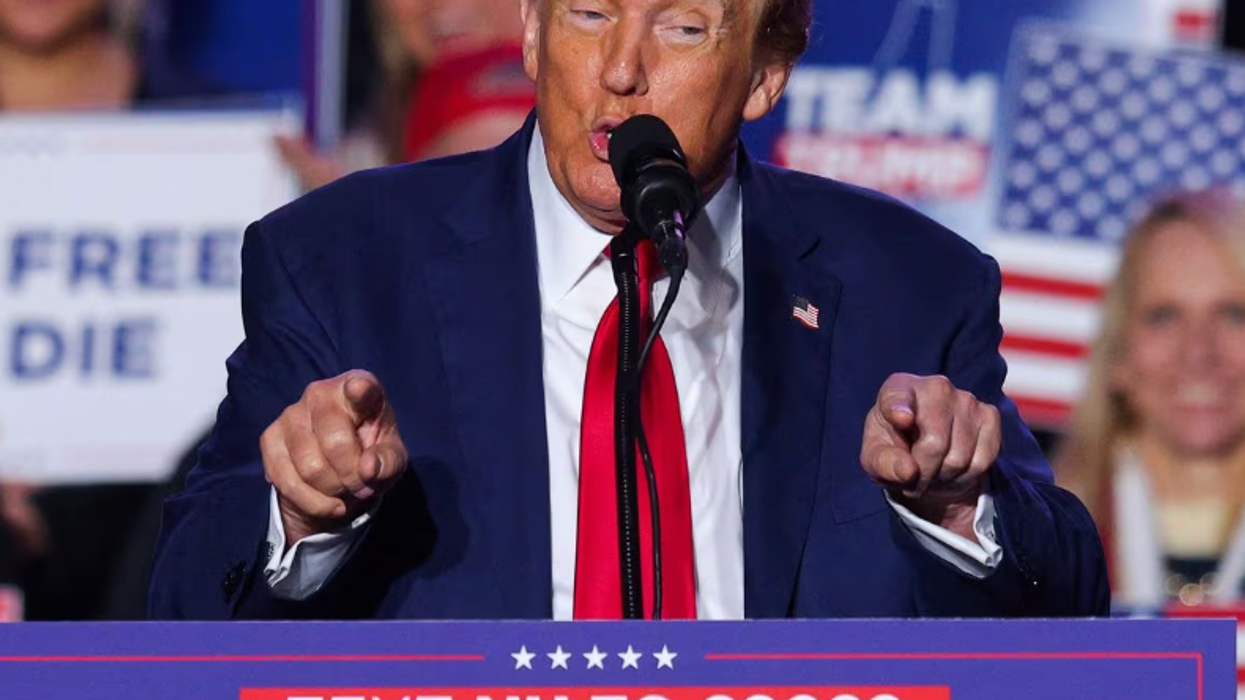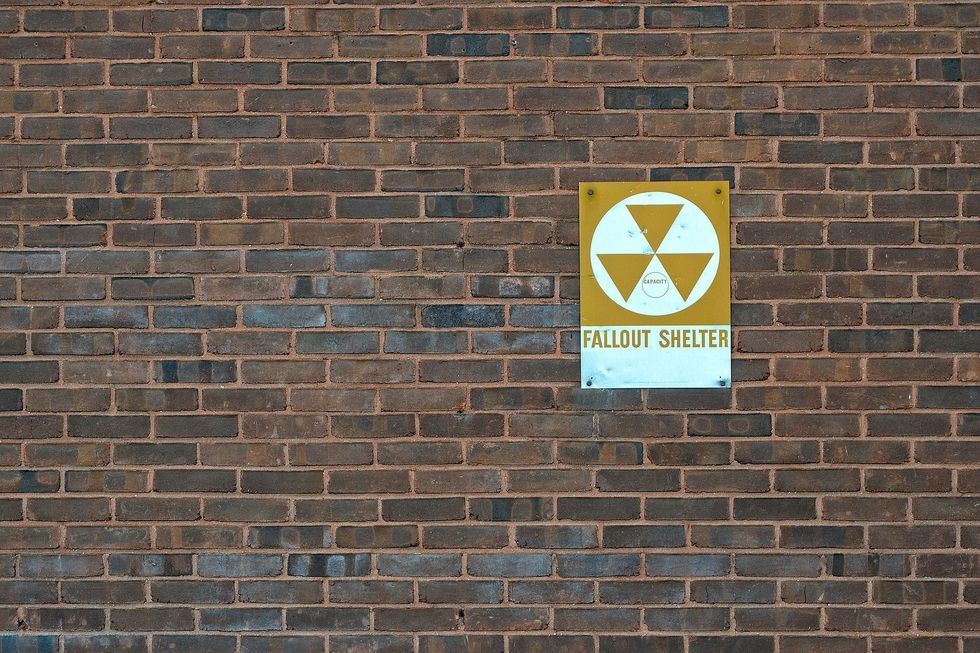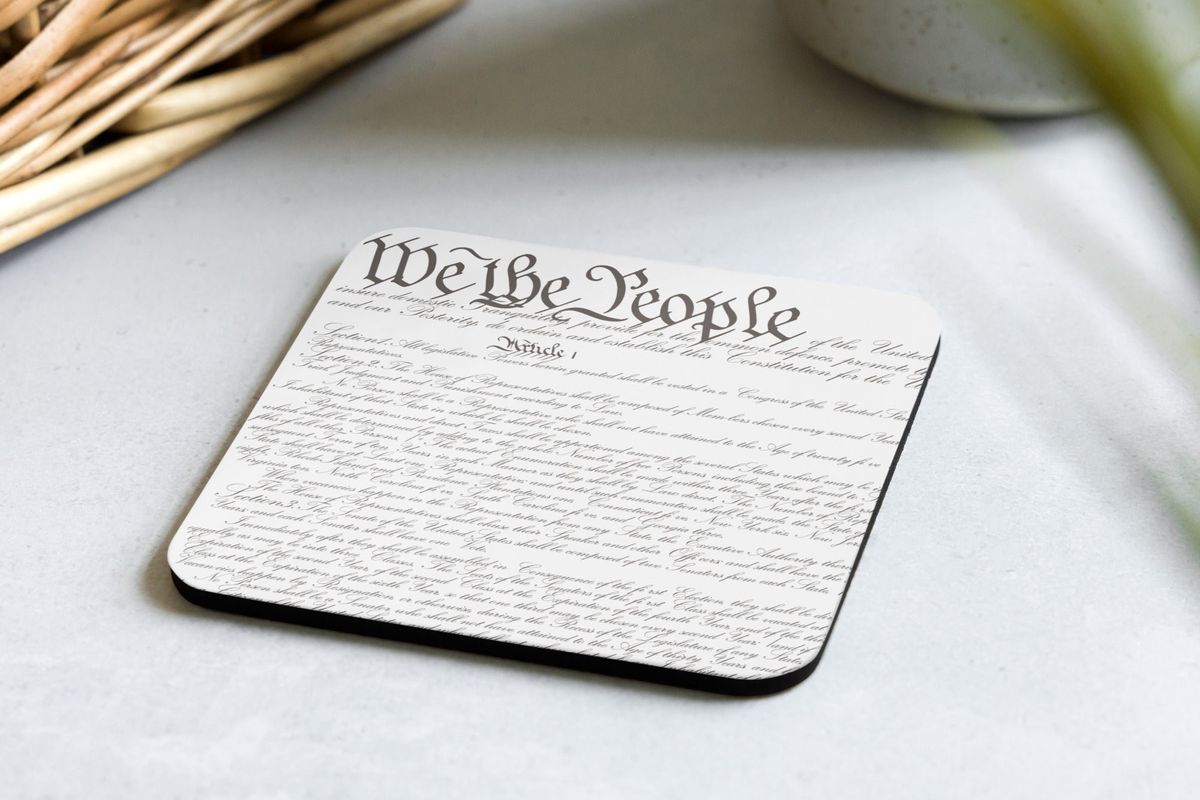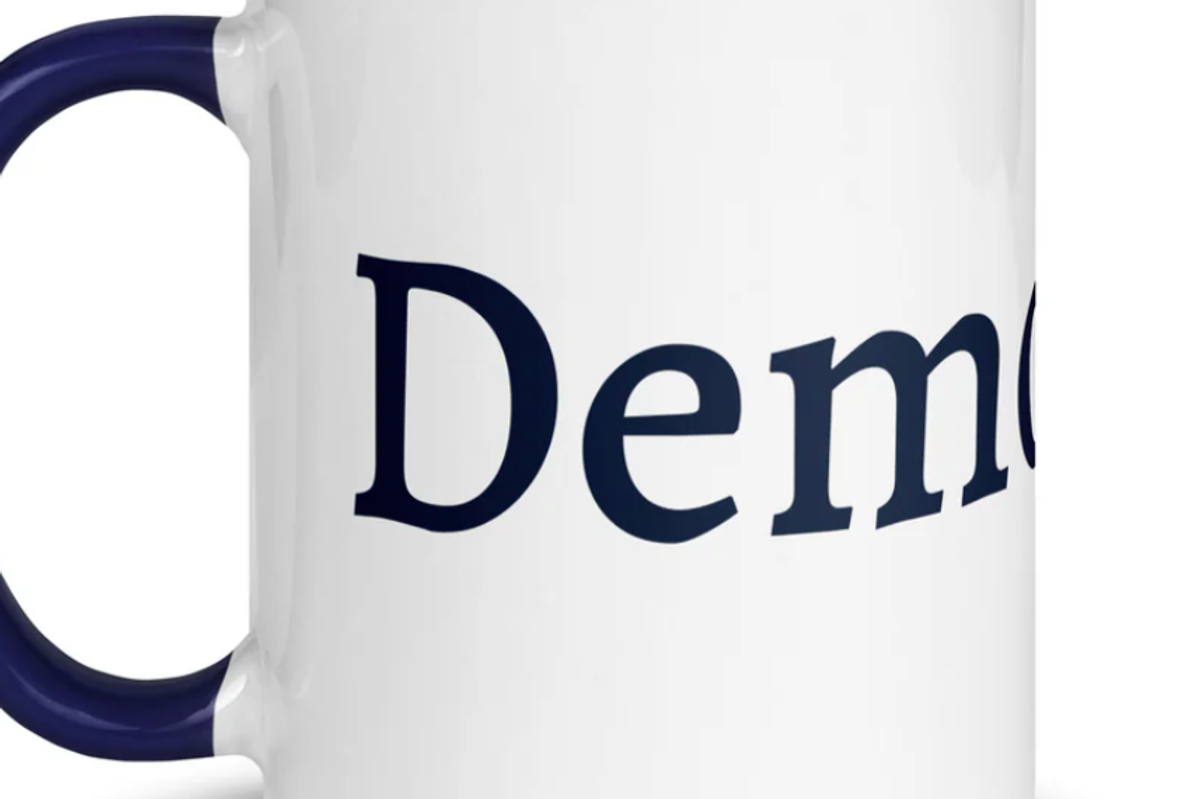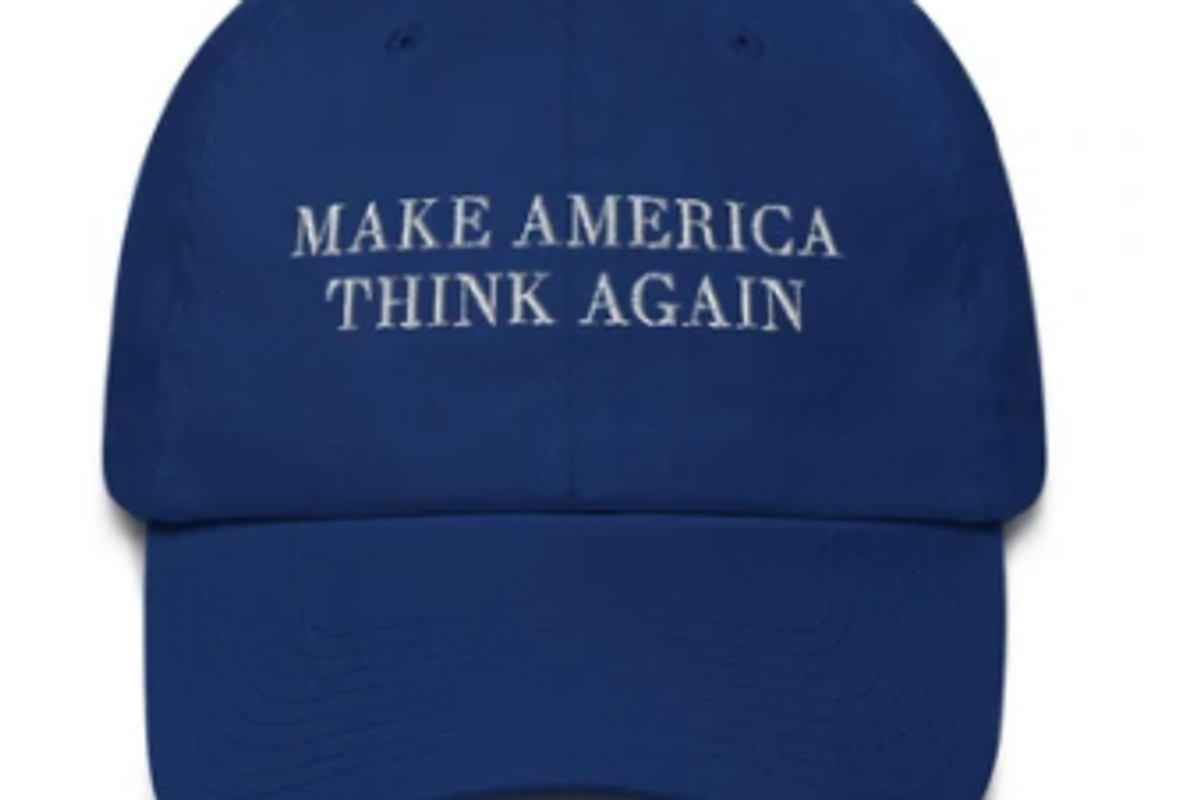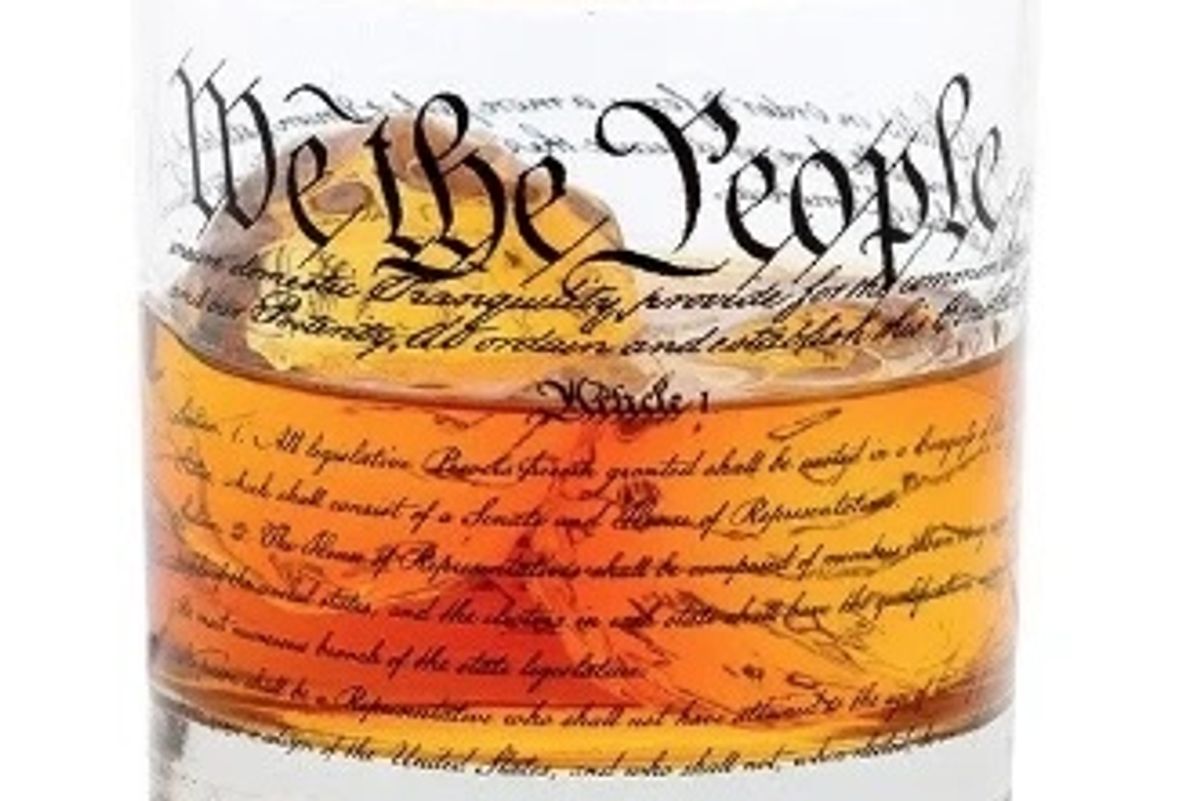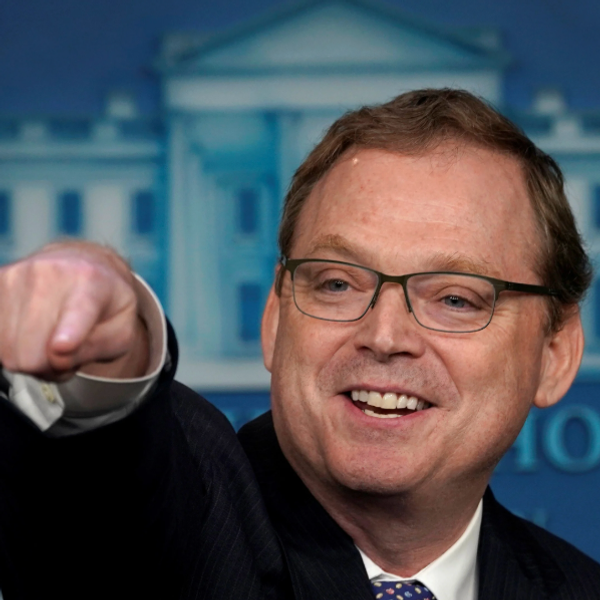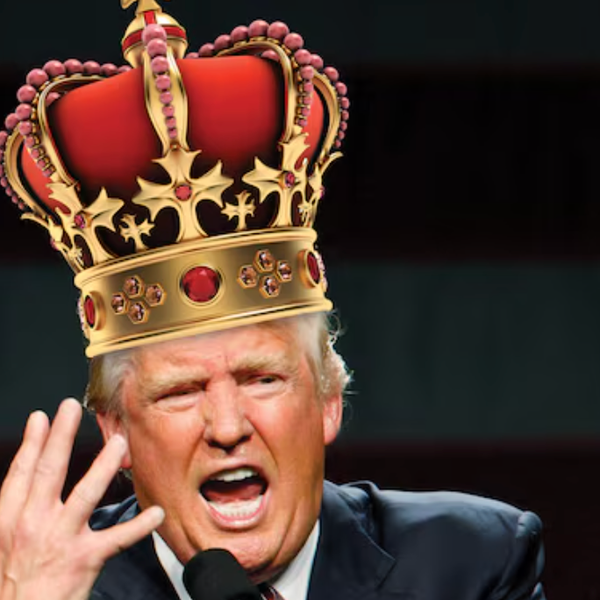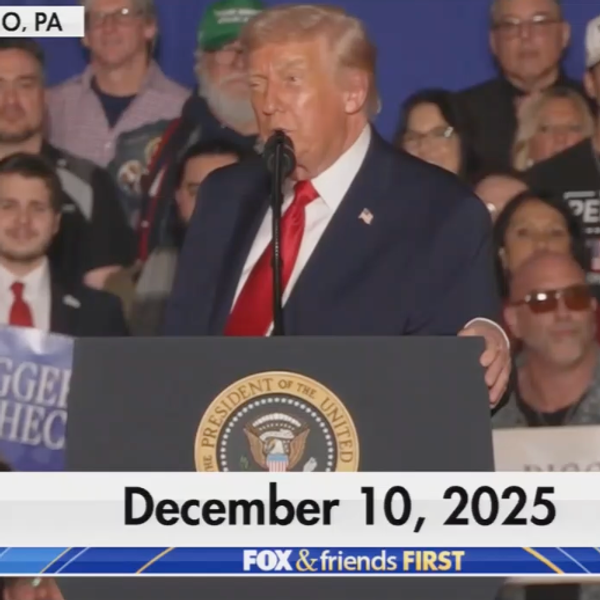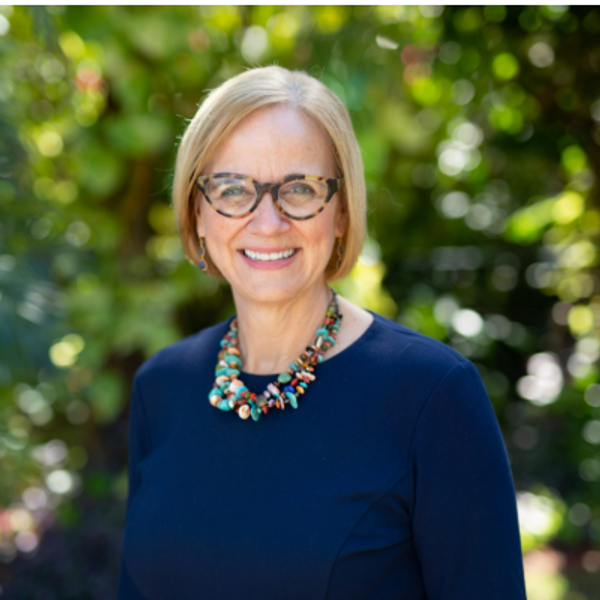Exploiting Fear Is What Trump, Vance And Their Fascist Mob Do
Of all the falsehoods, evasions and plainly loony remarks by former President Donald Trump during his ill-fated debate with Vice President Kamala Harris, perhaps it was to be expected that his ridiculous lie about the endangered pets of Springfield, Ohio, would go super viral.
While the Republican candidate declared himself the winner "by a lot" (a claim rejected even by many of his supporters), the internet was aflame with hundreds of mocking memes and several music videos that sampled his glowering image and tone of menace as he said, "In Springfield, they're eating the dogs. The people that came in, they're eating the cats. They're eating the pets of the people that live there."
Harris couldn't restrain herself from laughing — and it was impossible not to join her.
While some of us are still laughing, the intention behind that indictment of Haitian immigrants by Trump and his running mate, Ohio Sen. JD Vance, wasn't funny but deeply sinister. The only conceivable reason to spread that ugly myth, like so many of wild delusions promoted by politicians like Trump and Vance, is to demonize defenseless people, enrage gullible conservatives, and harvest money or votes or both in the process.
By now this industry of profiting from invented grievances is very familiar, having been refined in countless varieties by the generations of right-wing grifters who paved the way for Trump. Decades ago they began by promoting paranoia about communism and civil rights, initially by direct mail, and always with the most outlandish tales: of "barefoot" African soldiers just over the southern border, waiting to invade at the order of the United Nations; of public school teachers indoctrinating children to accept cannibalism and "wife-swapping"; of unions forcing firefighters to let houses burn down. None of these canards bore the slightest resemblance to truth — yet they induced millions of people to mail checks to crooked political entrepreneurs.
The only difference between then and now is that the Trump campaign expects to profit from its lies via email and credit cards rather than mailed checks. Trump and Vance care just as little for the truth as those direct-mail shysters, unashamed to keep repeating the lie even as the mayor of Springfield, the city's police chief and the very Republican governor of Ohio have sought to explain that there has been not a single case of a Haitian immigrant eating anybody's cat.
Vance claims that his office has received "many" such complaints from local residents, but he doesn't seem to have forwarded them to any authorities. (It's probably safe to assume he's lying about that too.) The smirking senator doesn't care whether the stories are true. He just wants to fan the flames of fury.
It is true, as local and state officials have hastened to note, that the huge influx of migrants to Springfield and the surrounding counties has created real difficulties. Some are cultural and some are simply due to overburdened systems and infrastructure. Local governments had no opportunity to prepare — and they assuredly need much more assistance than they have gotten from the federal government, which created the problem with good intentions and inadequate foresight.
Meanwhile the lie that Trump and Vance are openly attempting to exploit was first advanced by a neo-Nazi cult called "Blood Tribe" that invaded Springfield weeks ago and actually marched through town with guns and swastika banners. In recent days, MAGA gangsters have issued a series of anonymous bomb and shooting threats that forced hospitals and schools to close.
But what is so impressive - and inspires hope for our country - is how many of the citizens of Springfield have rejected the racist hysteria and instead worked to make the best of this challenge, despite the hardships, even as opportunistic politicians and other bigots keep doing what they always do.
Trump and Vance have nothing to offer except antagonism, panic, and potential violence. But Springfield's employers have provided jobs and found the Haitians to be valuable and diligent workers; clergy have welcomed Haitian families into their churches; and the city and county frontline workers, in social services and public safety, have stepped up with compassion.
Even a man who lost his son to a traffic accident caused by a reckless Haitian driver last year has set aside his grief to admonish those who have misused his son's death to incite fear and hate. At a recent city commission meeting, Nathan Clark invoked the memory of his late son. "Using Aiden as a political tool is, to say the least, reprehensible." He named Vance and Trump, among others, saying, "They have spoken my son's name and used his death for political gain. This needs to stop now."
It will only stop when the reprehensible exploitation is no longer profitable.
Reprinted with permission from Creators.

